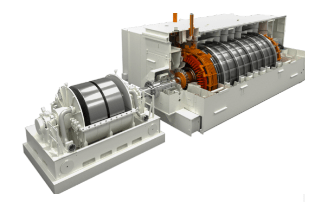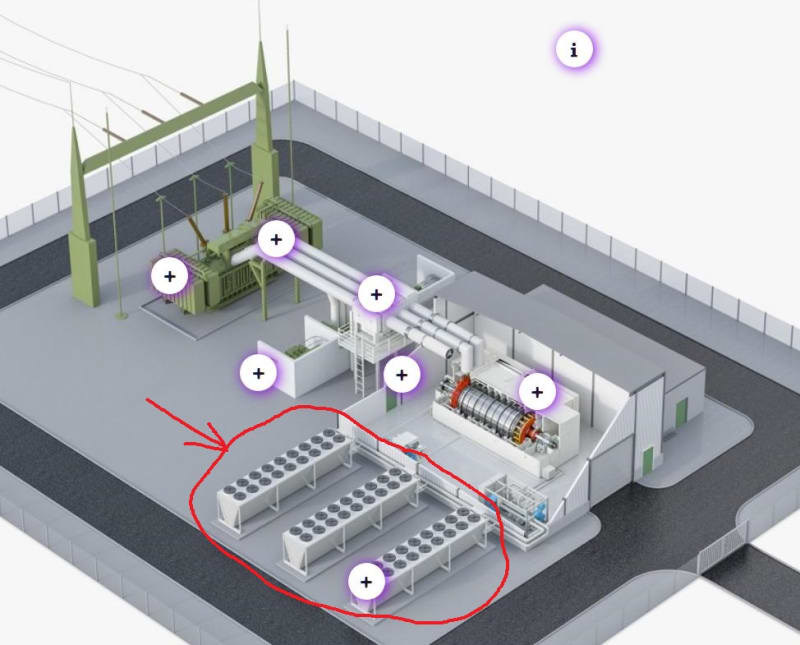NickParker
Electrical
- Sep 1, 2017
- 444
I read that since renewable energy offers low inertia, it leads to Instability in the Power system, Where as the synchronous generators offers high inertia, it doesn't lead to Instability. I understand that since synchronous generators are rotating masses, they offer inertia and the renewable energies do not have any rotating equipment, they do not offer inertias. What I don't pick up is how it leads to instability
Any Inputs are highly appreciated!
Any Inputs are highly appreciated!



